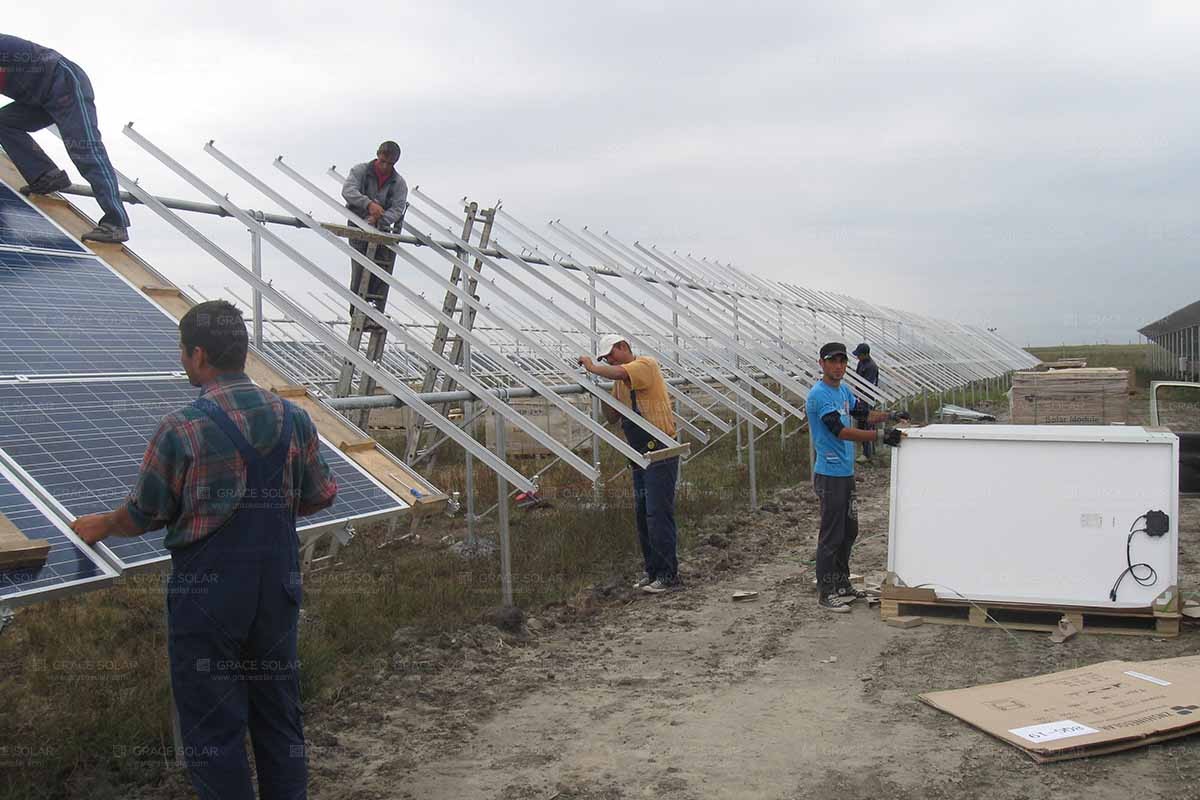Portugal’s enormous PV potential
Portugal’s PV tenders have generated headlines on the back of world-record tariffs. But the country has failed to add meaningful capacity and is now struggling to establish a workable licensing system. Merchant solar shows enormous potential to drive the market, but will politicians listen?
.jpg)
According to the latest statistics, Portugal installed 572 MW of new solar PV capacity in 2021. Installations include both small- and large-scale PV systems supported via several policy schemes. For example, the country has installed micro and mini PV systems that are remunerated by fixed feed-in tariffs (FITs), although this policy has now been replaced by a self-consumption scheme.
This scheme differs from net-metering in that installed systems do not receive credits for surplus power generation, but instead are allowed to sell excess power to the grid in accordance with electricity market tariffs (pool prices). The policy also allows new installations of up to 250 kW that receive FITs, although the installation of such systems is typically capped each year to account for only a few megawatts of new capacity.
Regarding utility-scale PV, most of Portugal’s large-scale solar parks were installed under the former FIT regime. The Decreto-Lei n.º 76/2019 legal framework introduced in June 2019, set up two routes to market: auctions and direct agreements with grid operators. The latter is widely referred to as the merchant segment of the market, meaning investors sell solar power directly to an off-taker via a power purchase agreement (PPA). Official statistics indicate this is the strongest part of the country’s PV market.
Portugal’s office for energy and geology (DGEG) says that of the 1.73 GW of cumulative capacity, 342 MW stem from self-consumption systems. About 171 MW are micro- and mini-solar installations, while 55 MW are small systems, sized up to 250 kW each and supported by FITs. The remaining capacity comprises utility-scale plants installed via the expired FIT regime, or through the new tender and merchant programs.



.jpg)